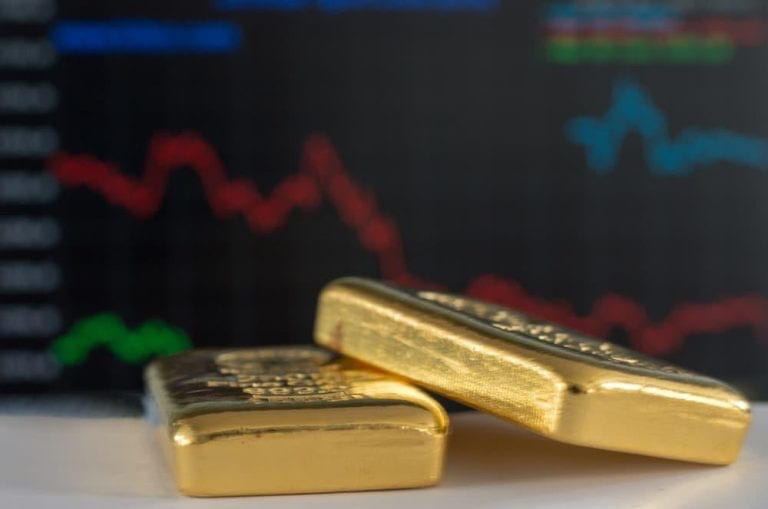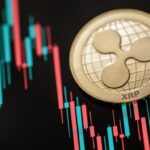In the face of solid chances of the US and global recession, gold has emerged as a shining star in the investment world once again. With its reputation as a safe-haven asset, the precious metal witnessed a remarkable rise at the start of May.
However, some key economic metrics have not been in line with experts’ expectations, disrupting the previous macroeconomic circumstances.
Namely, gold prices edged lower on Wednesday, May 31, heading for a first monthly decline for the first time in three months as expectations of an imminent dovish pivot by the Federal Reserve continue to fade.
The bullion slipped around 0.1% below $1,958 per ounce in morning hours, extending its May declines to more than 1.5%. At the current price level, the precious metal remains $120, down from the near-record high it reached earlier this month.

Meanwhile, US gold futures held their ground at $1,976.
Year-to-date, gold prices are still up roughly 7.5%, driven by the uncertainty around global economic growth and recession risks. Considering that gold is known as a safe-haven asset and a hedge against inflation, it is no wonder the bullion enjoyed some significant gains this year.
Why did gold prices drop in May?
However, gold might be slated for a tougher couple of months, primarily due to a strengthening dollar and rising odds of another interest rate hike in June.
Investors and other market watchers were hoping that the interest rate hike in May would be the last one for a while, given that inflationary pressures are abating. But expectations by Wall Street economists changed after two key pieces of economic data came higher-than-expected last week, including the gross domestic product (GDP) growth, and the Personal Consumption Expenditures price index.
Edward Gardner, a commodities economist at Capital Economics, believes that gold would “probably remain at its current level over the next few days” due to persisting demand for safe-haven assets.
In the near term, the yellow metal to continue facing headwinds from a stronger dollar and increasing changes that Fed will continue raising rates.
Disclaimer: The content on this site should not be considered investment advice. Investing is speculative. When investing, your capital is at risk.








